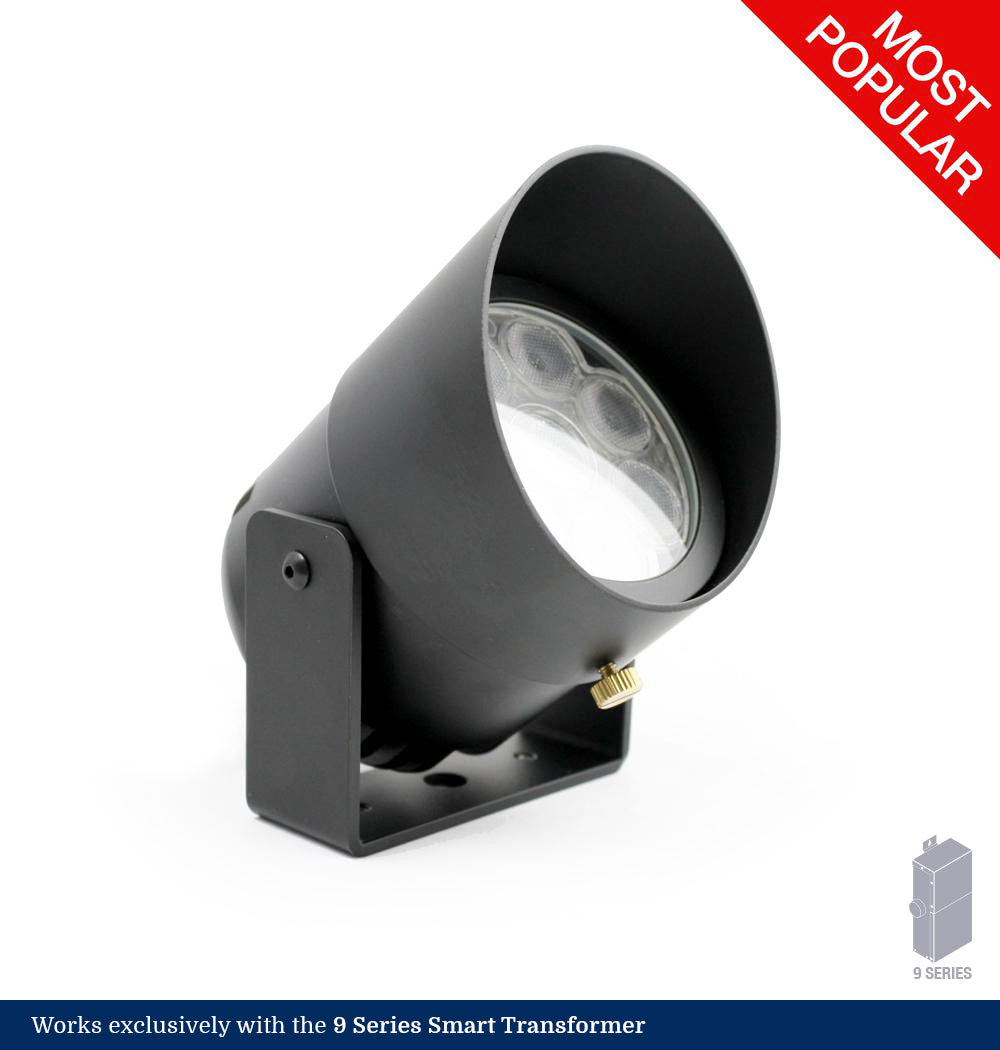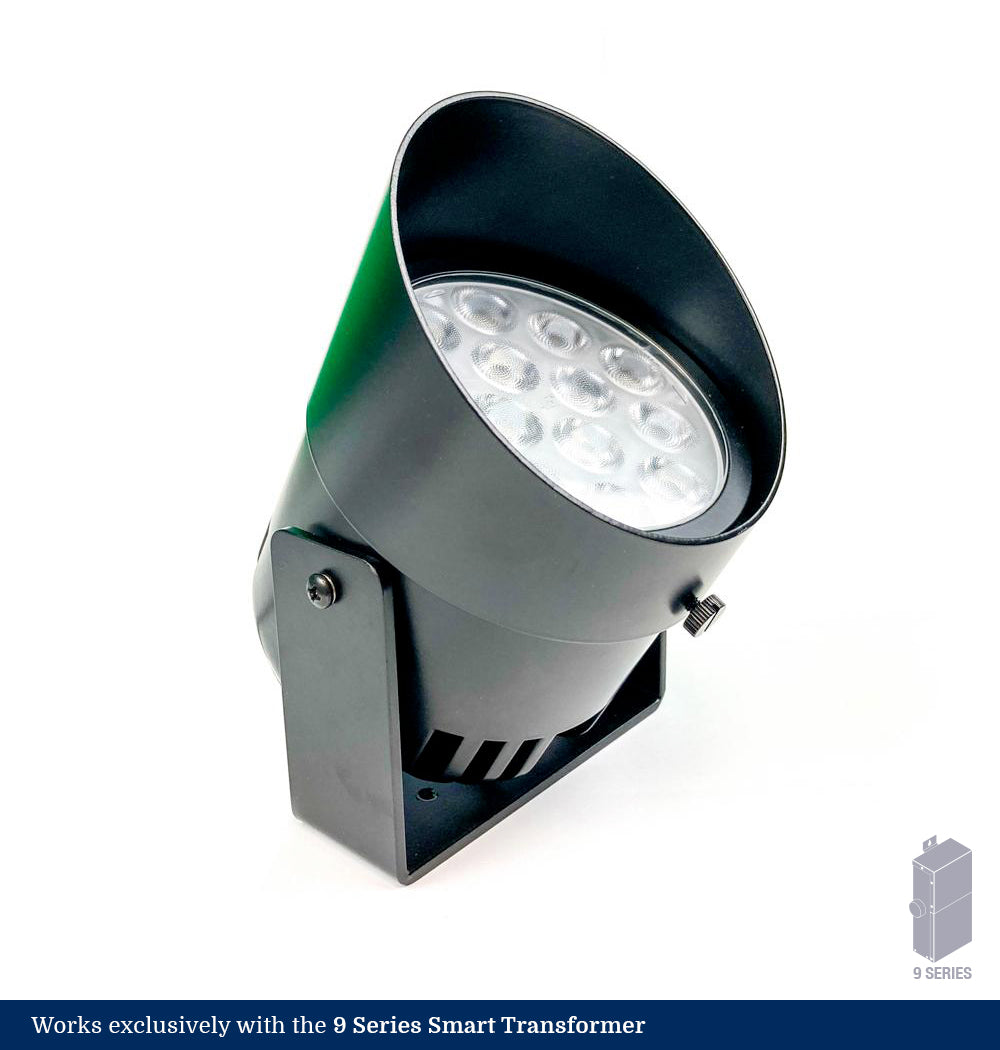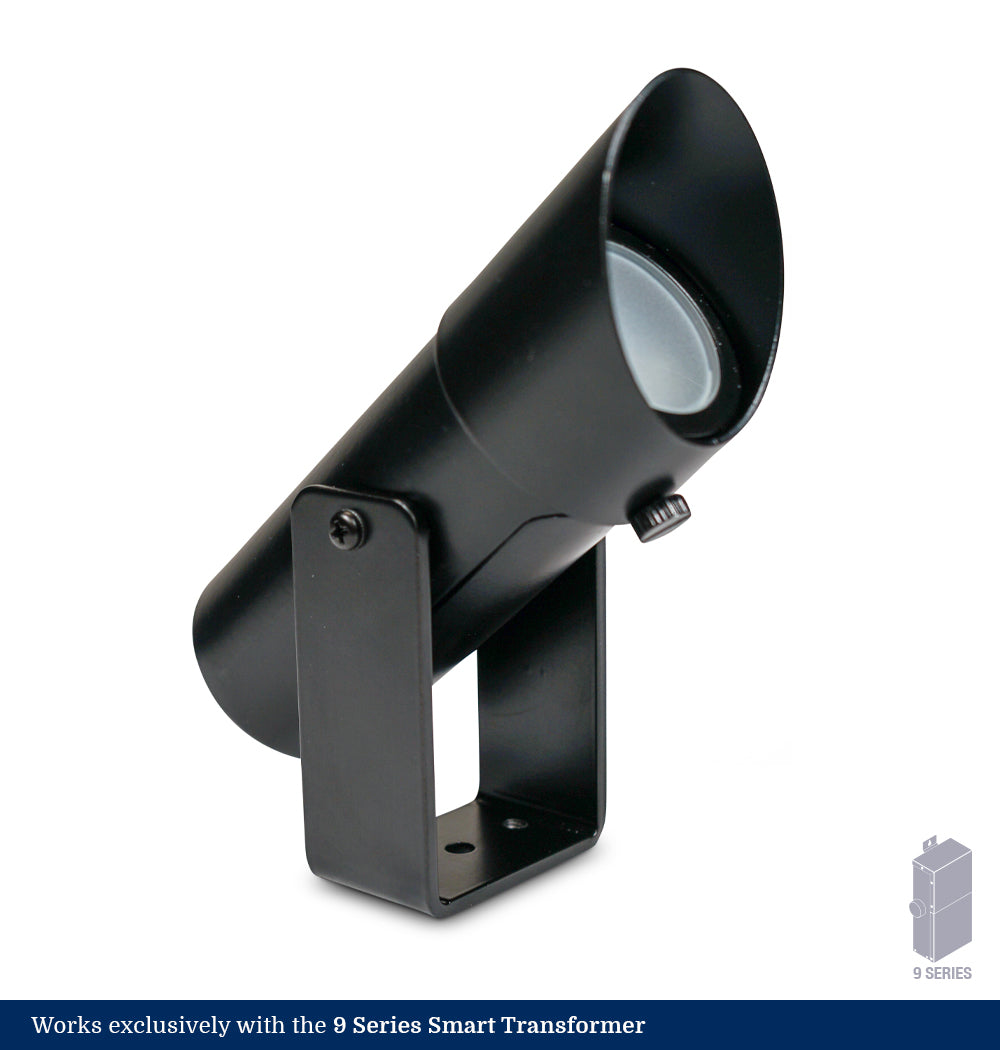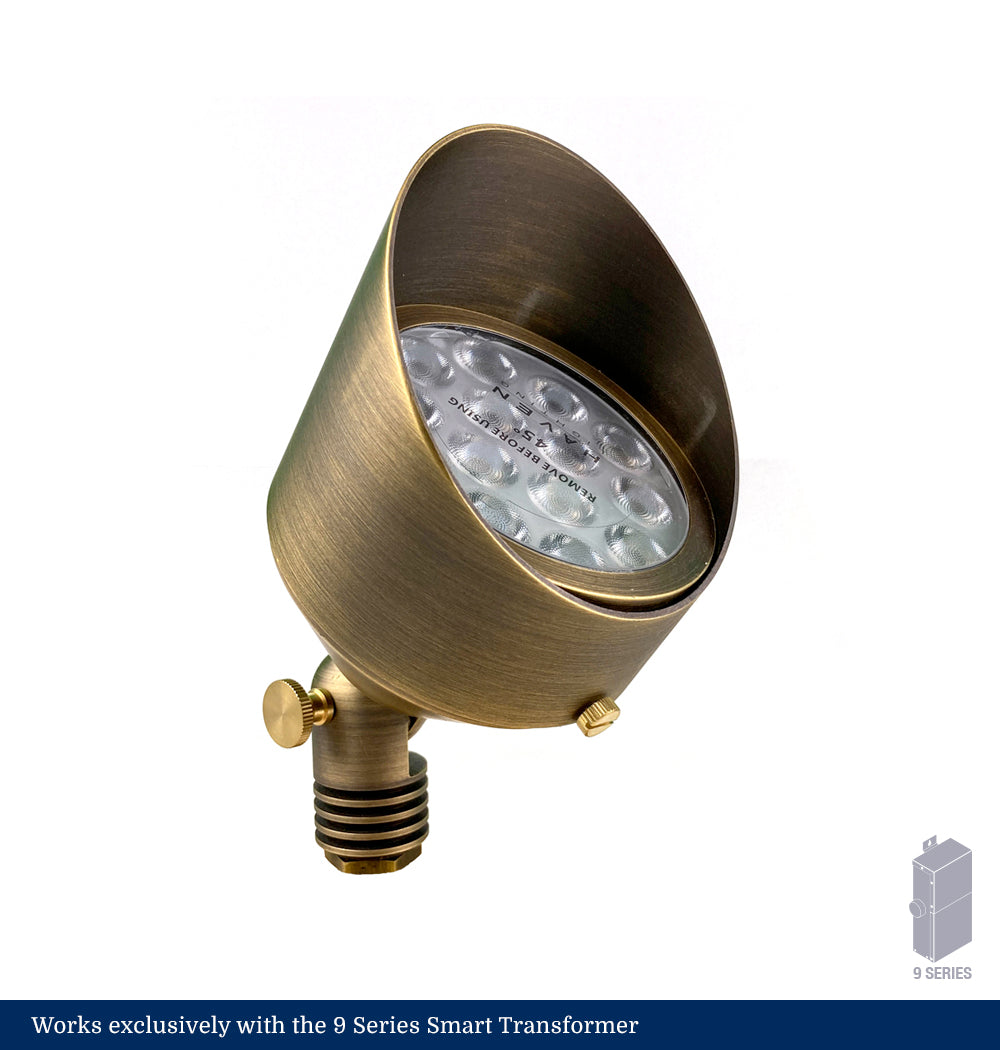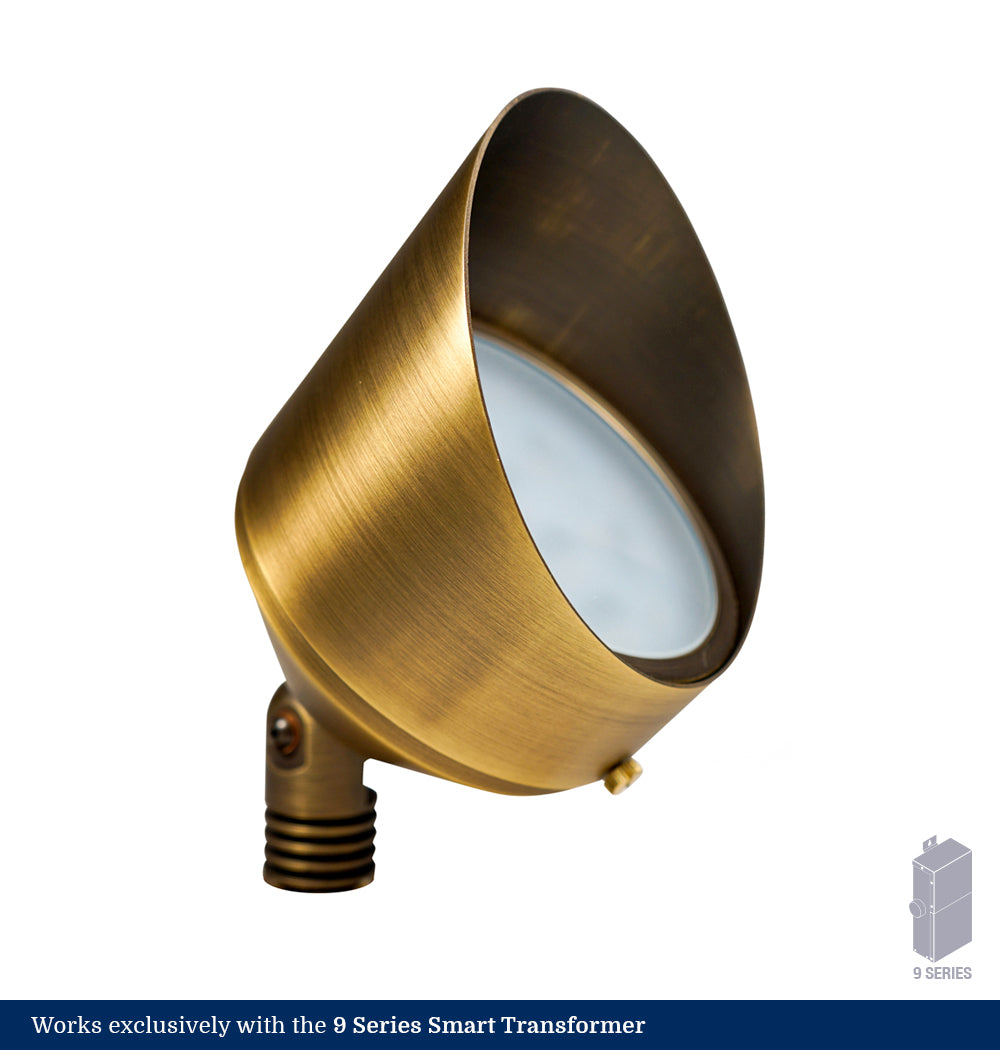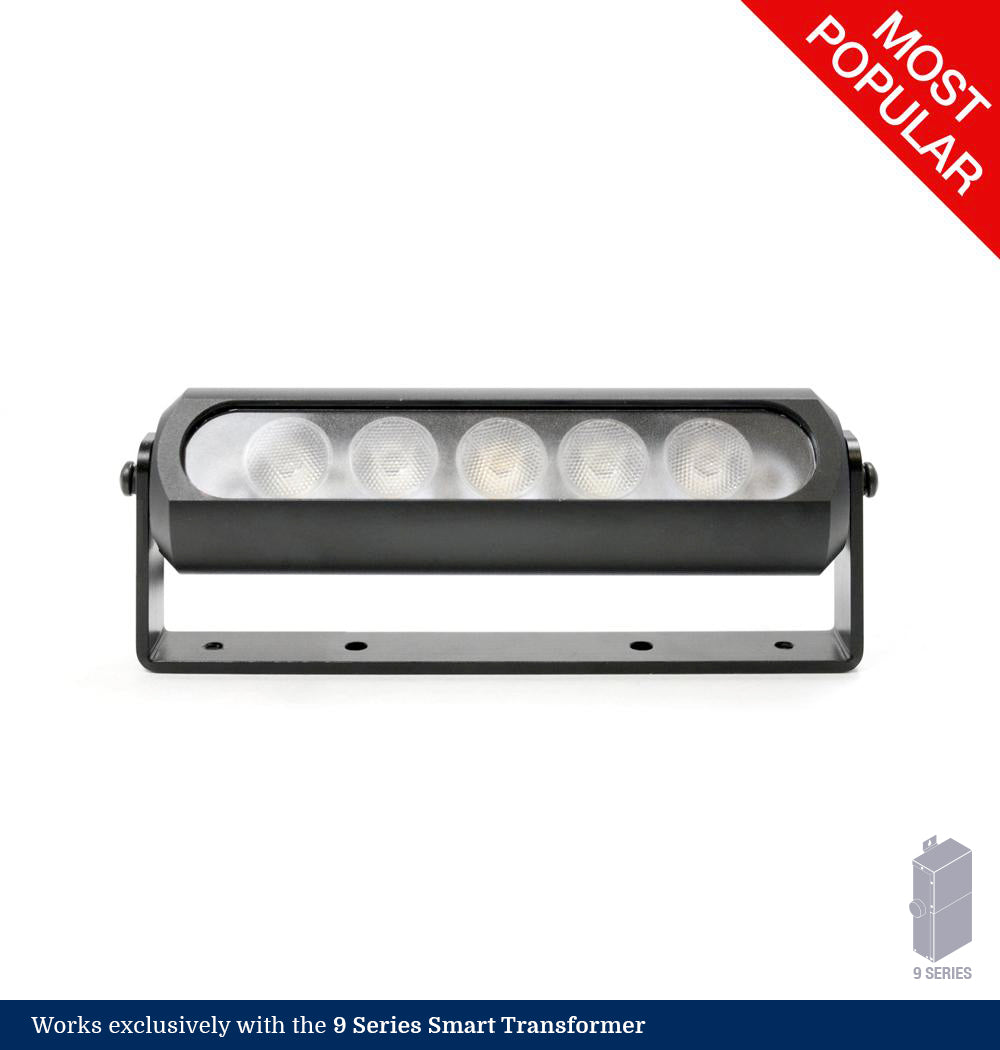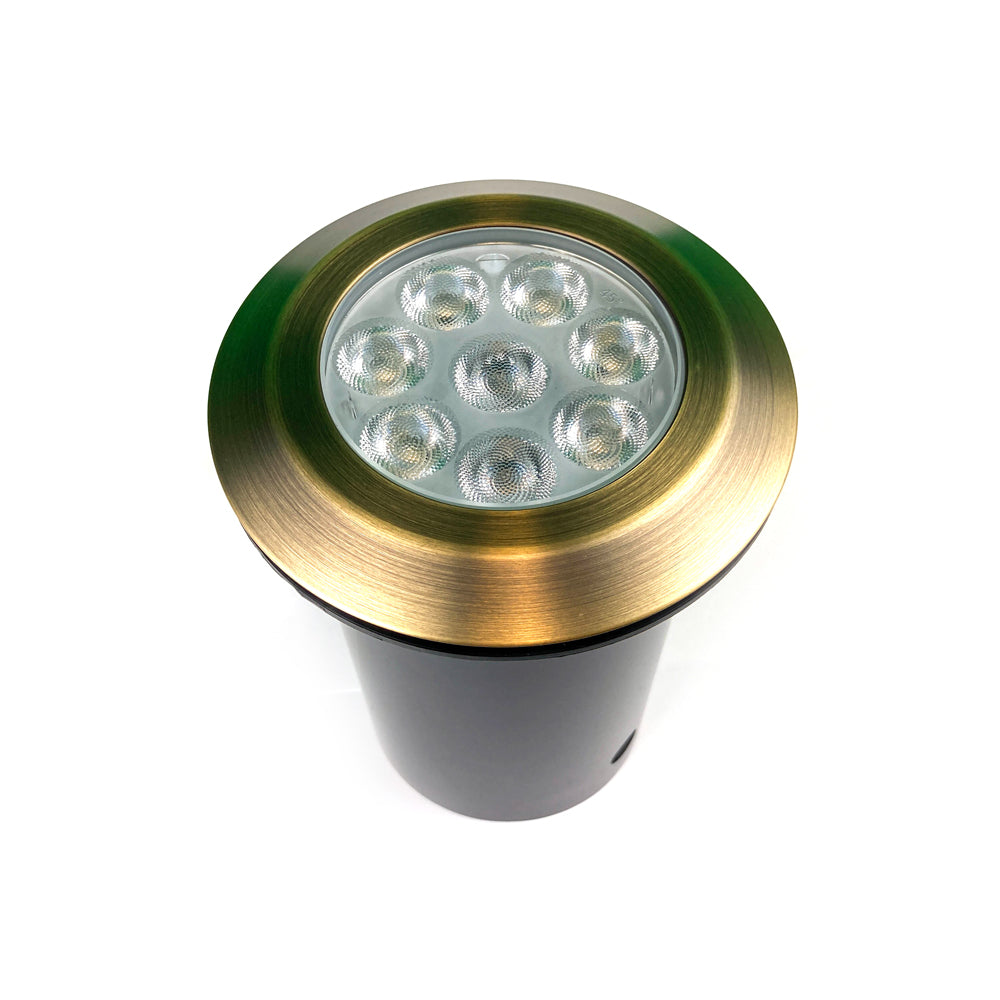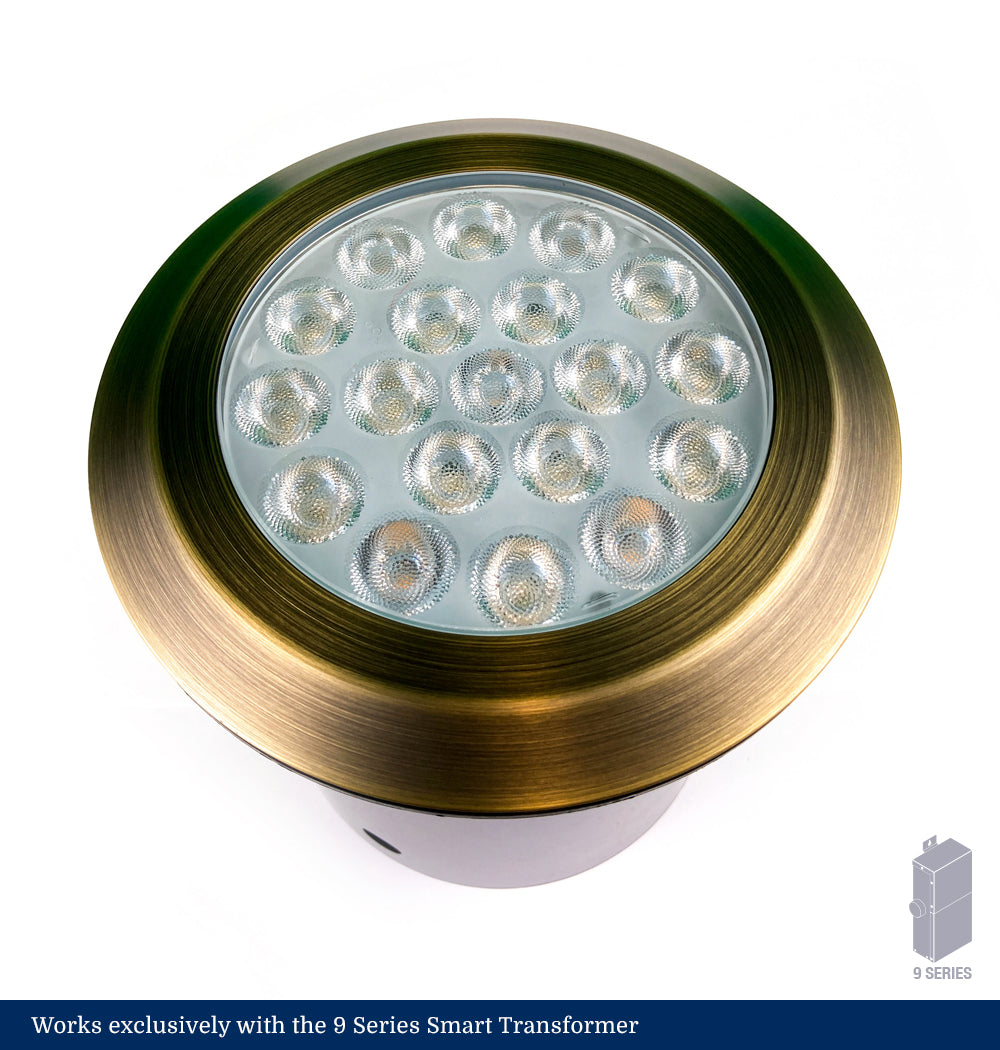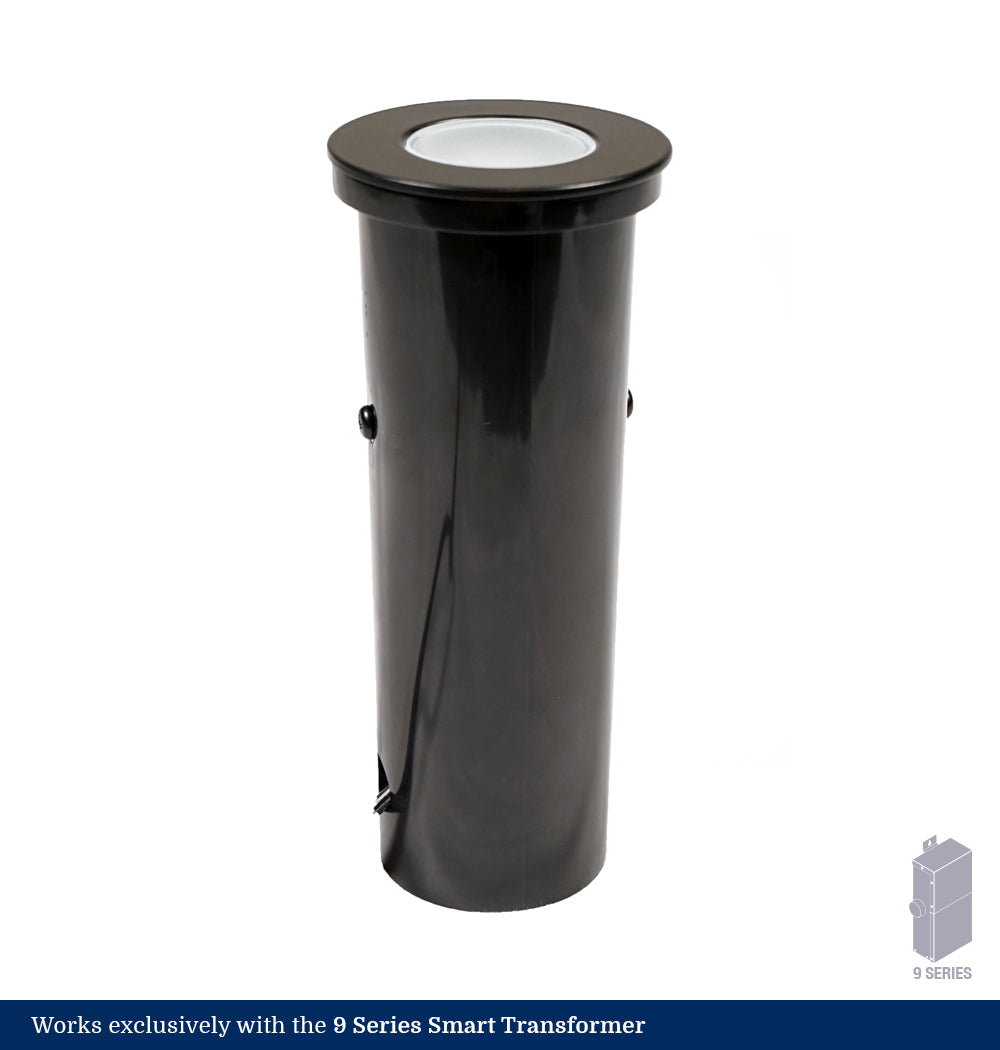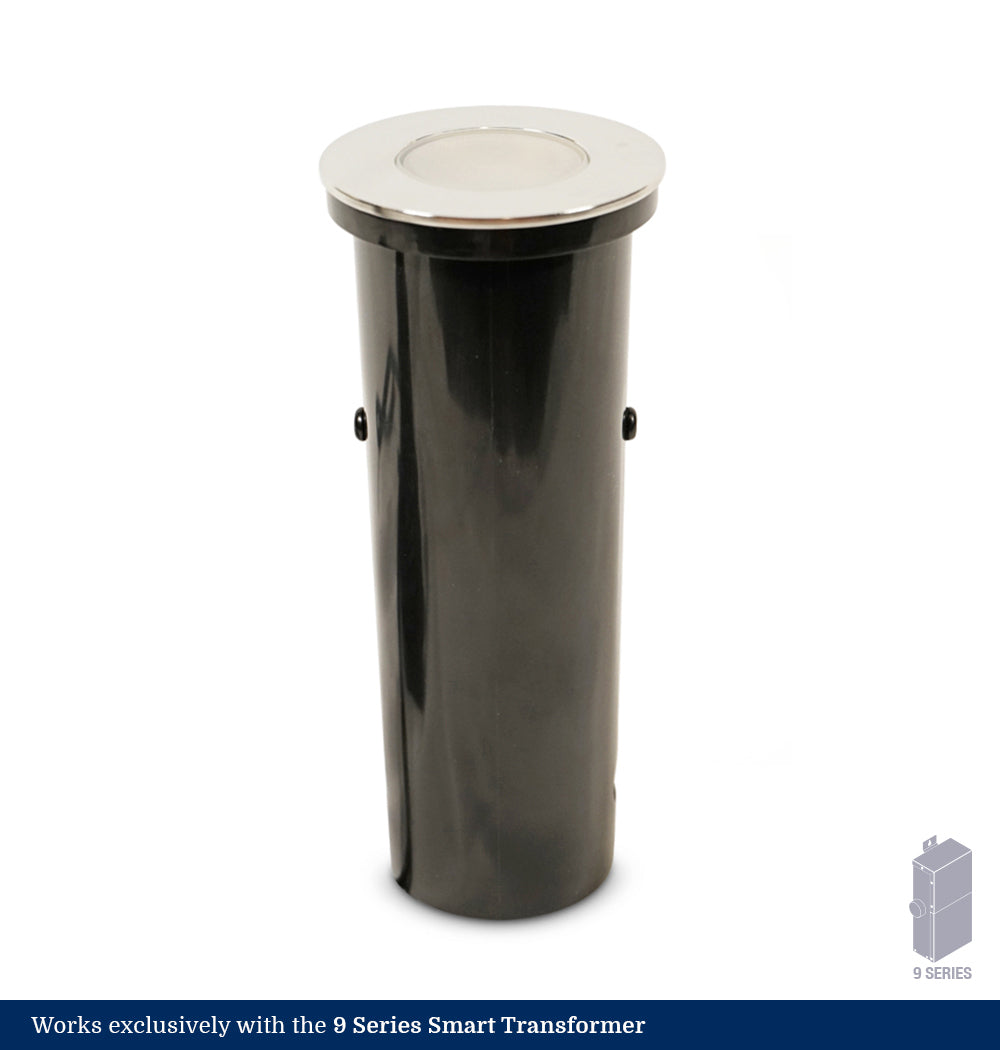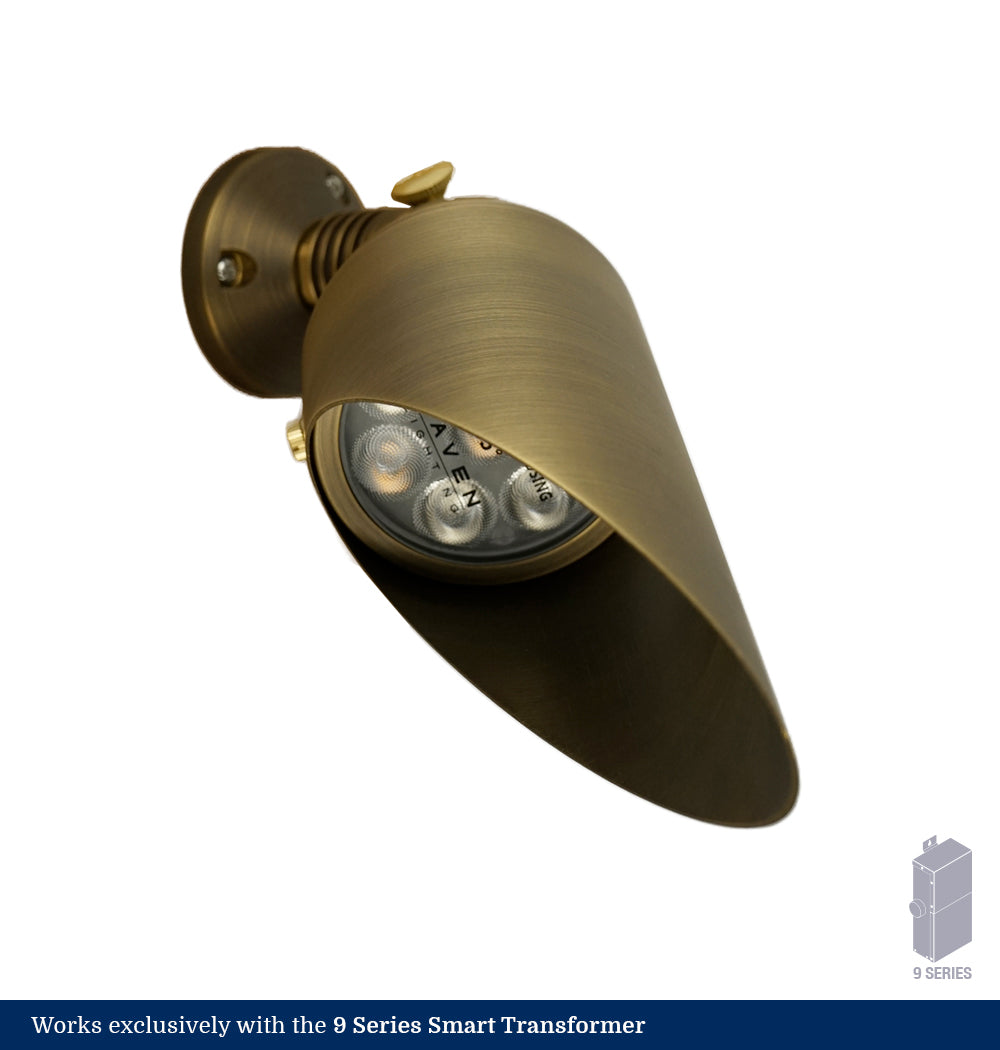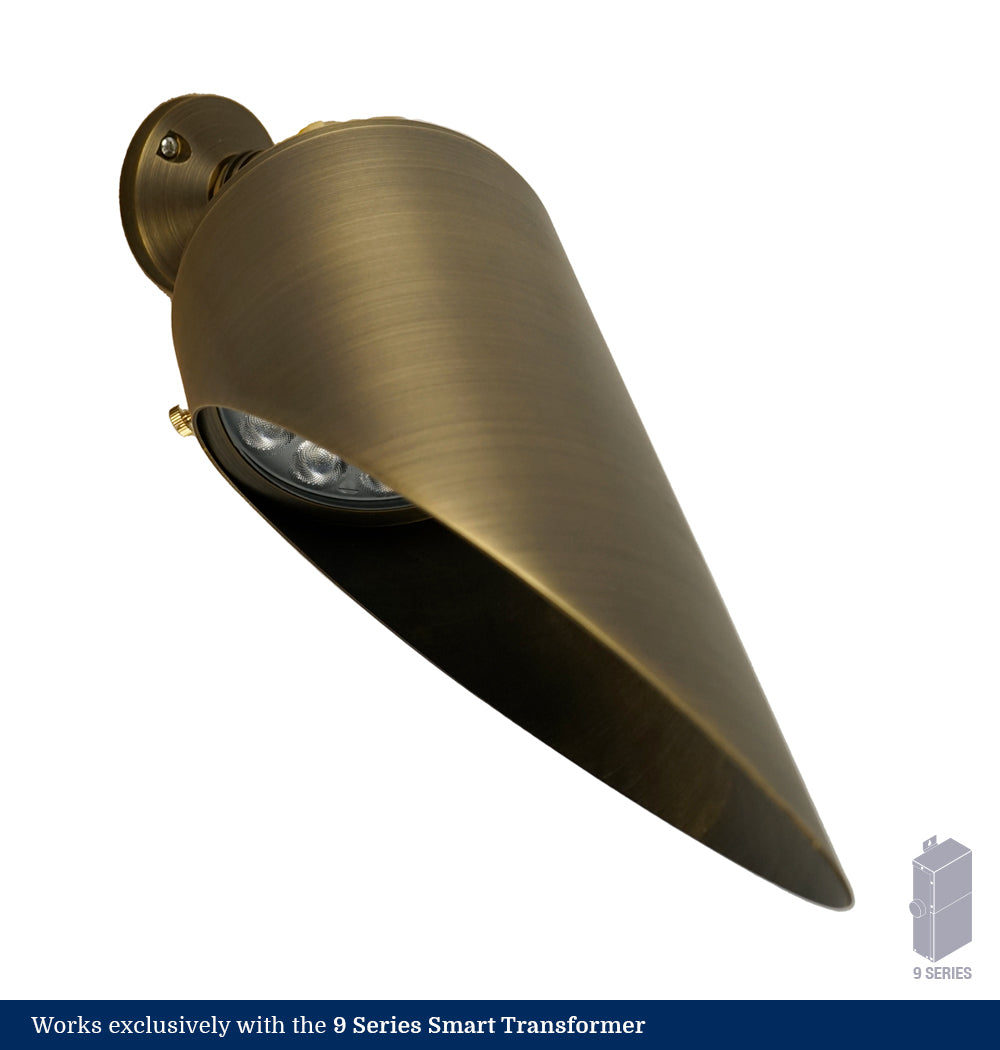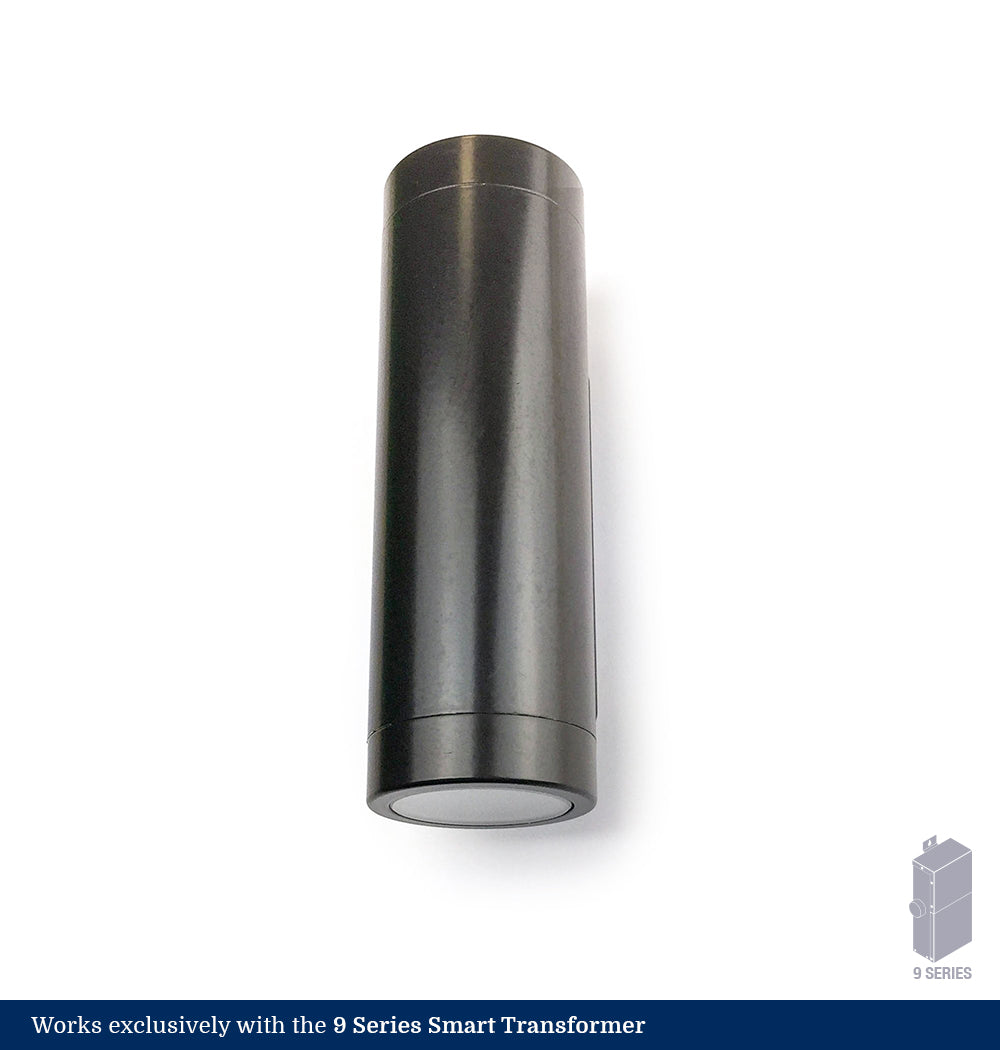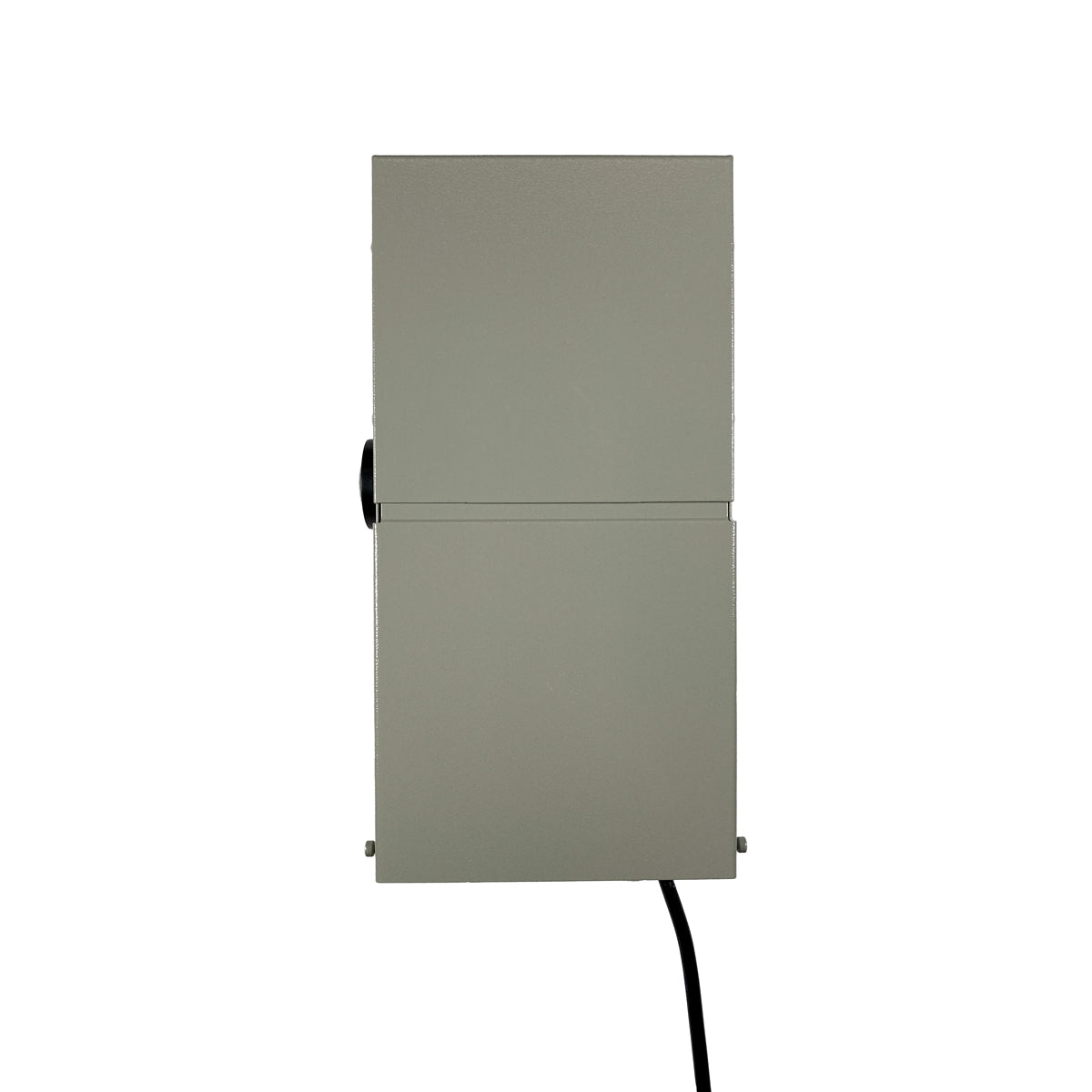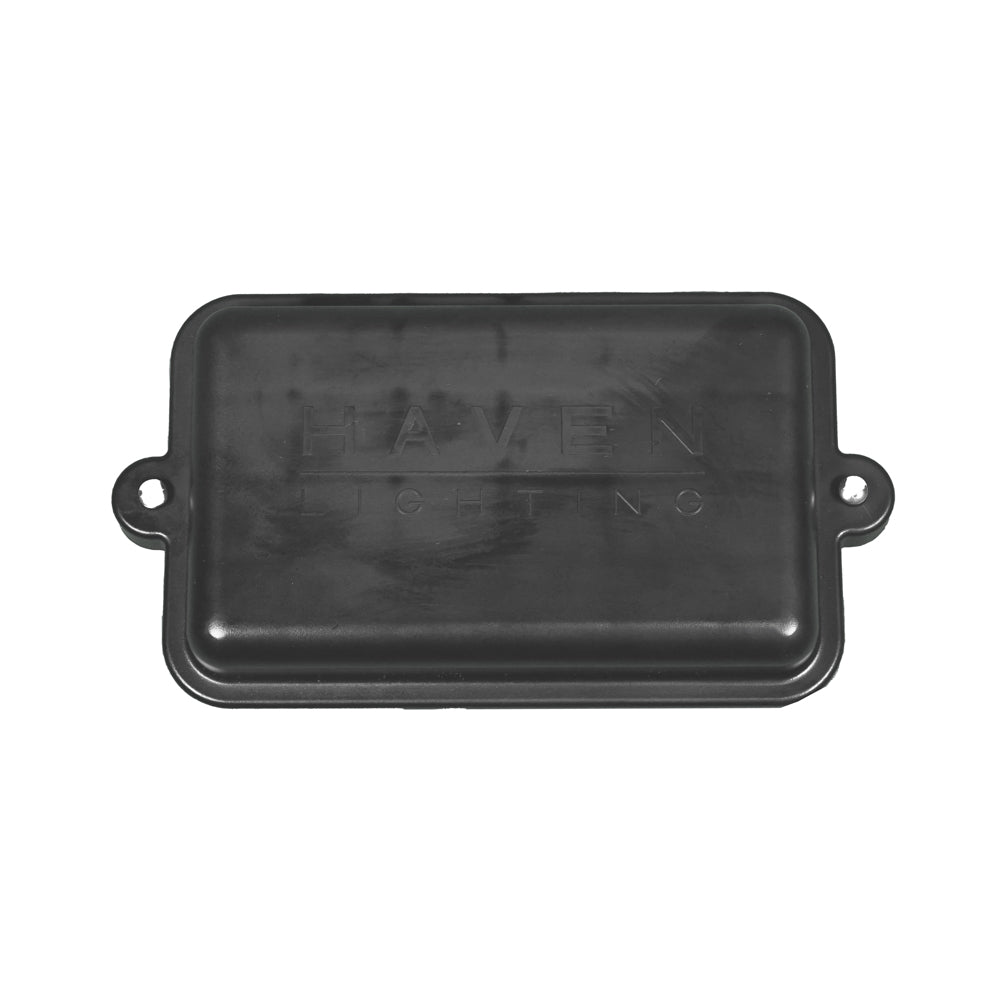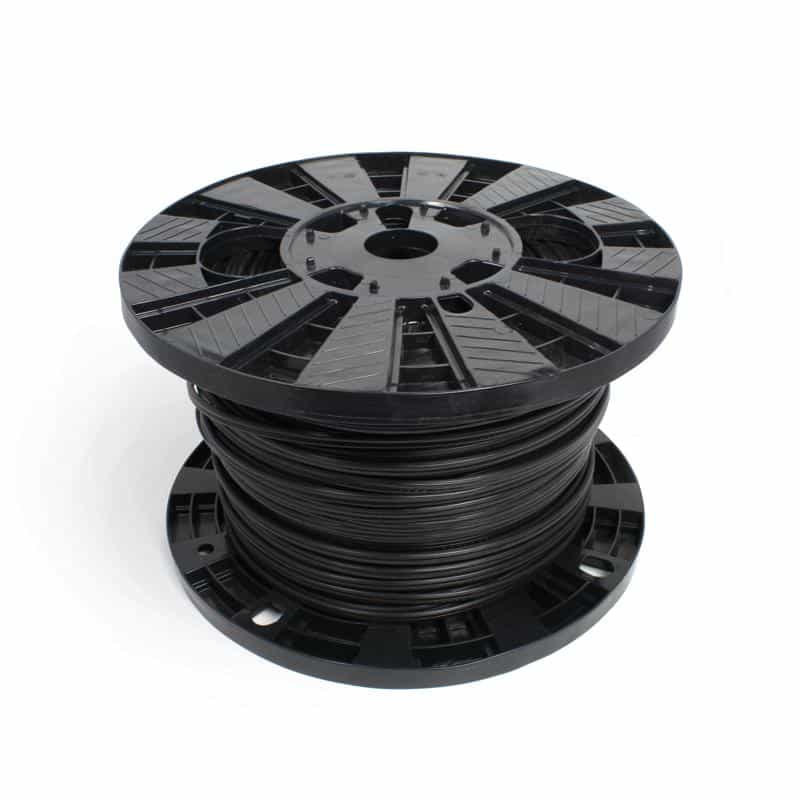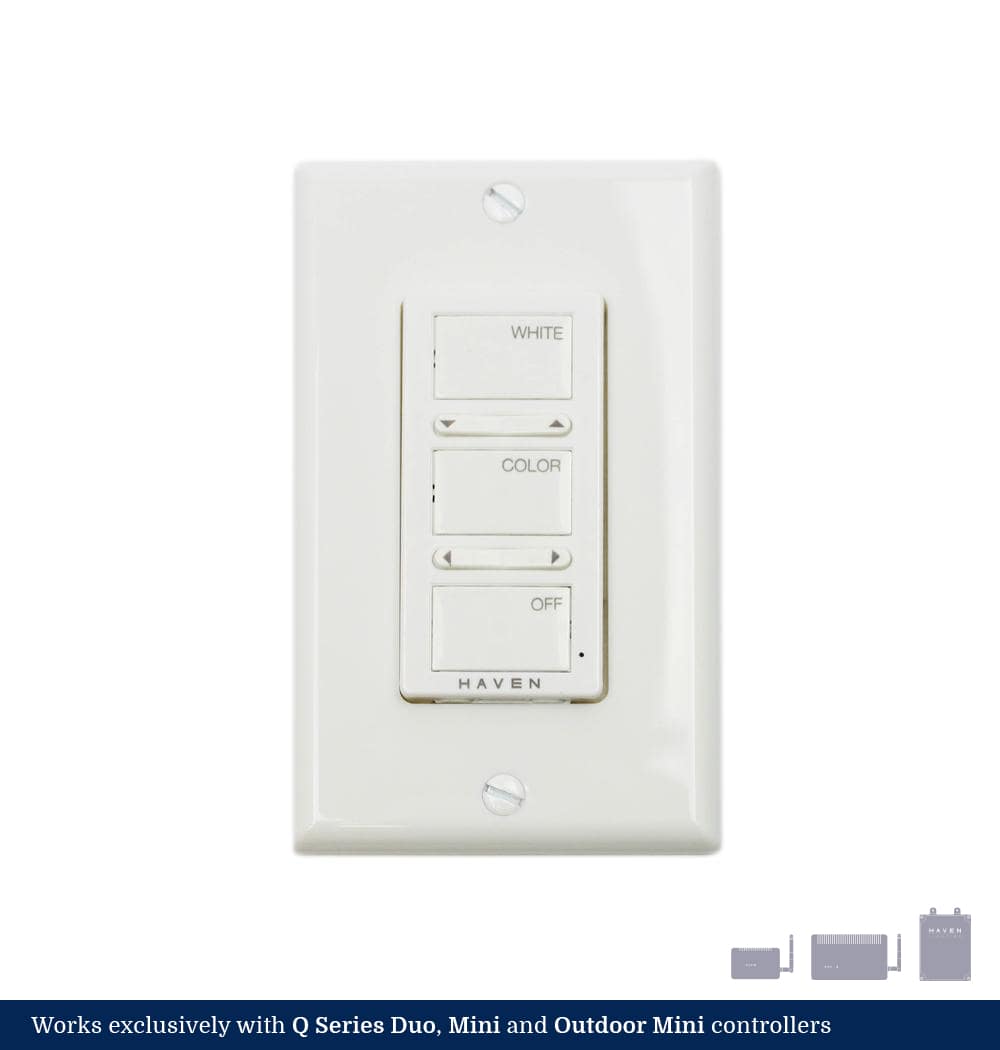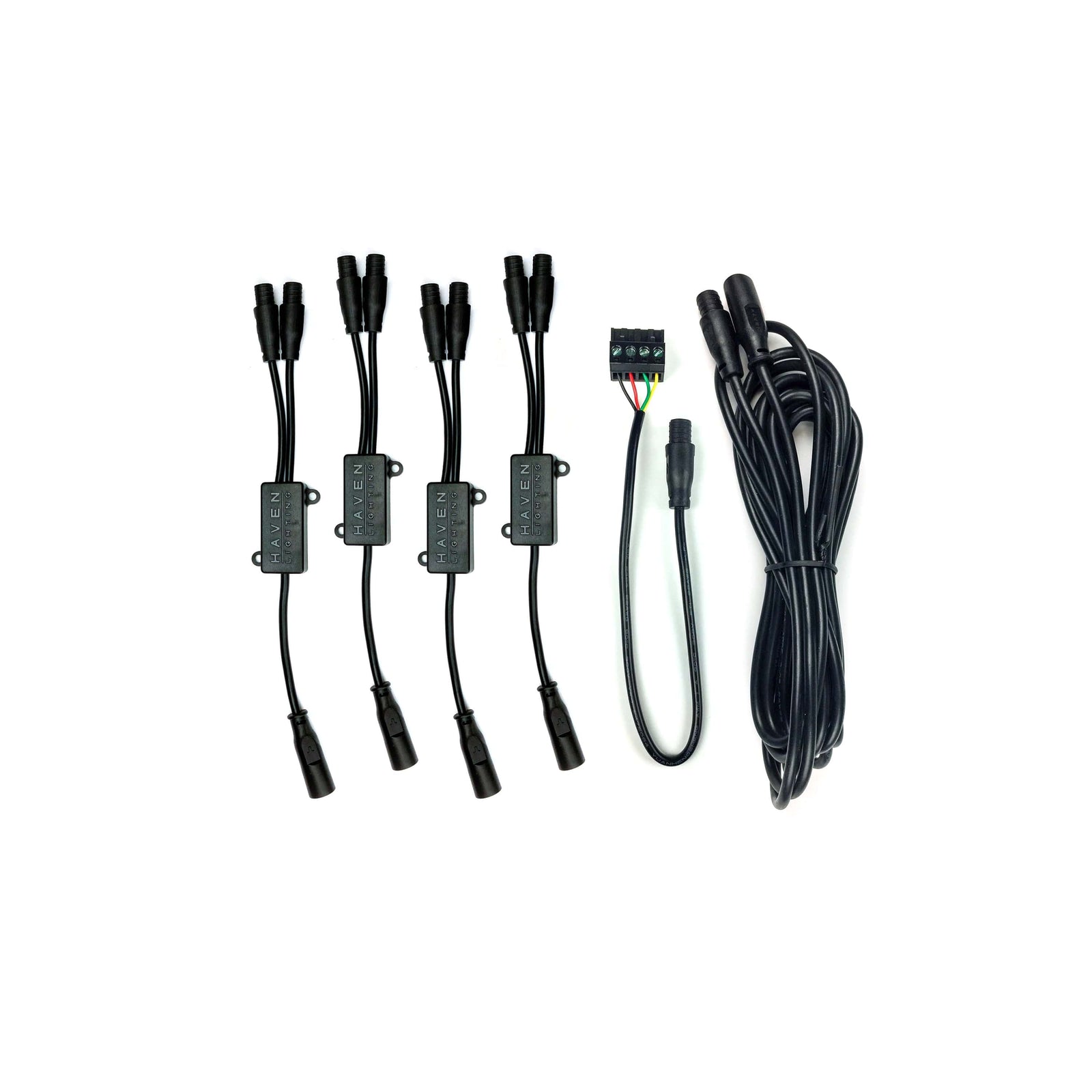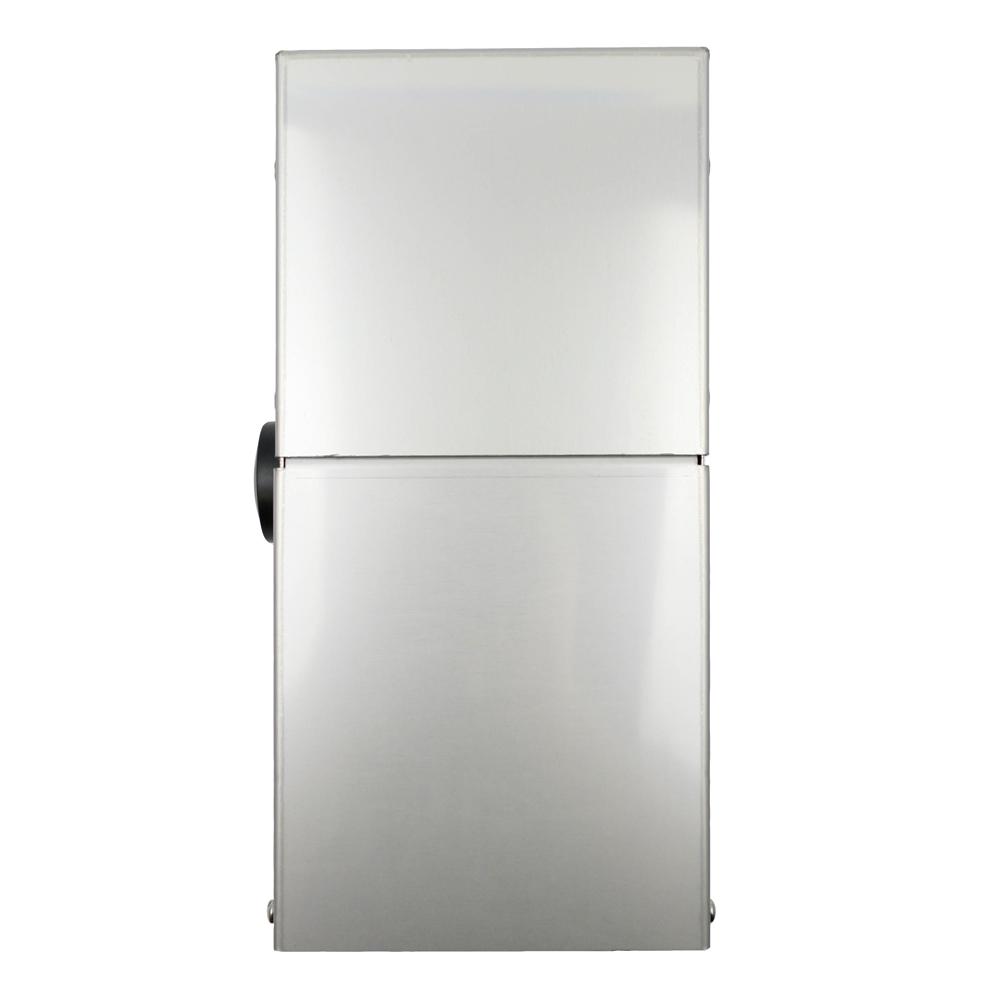Elevate your home's outdoor beauty, security, and ambiance with Haven Lighting's premium low voltage (12V) LED landscape lighting. Designed for easy DIY installation, our energy-efficient low voltage lights reduce electric risk while lowering energy costs by up to 85%. Perfect for illuminating pathways, gardens, and outdoor living spaces, our durable fixtures create a welcoming glow that lasts all evening. Backed by our commitment to quality, our low voltage lighting kits and transformers ensure long-lasting performance and peace of mind. Order today to transform your landscape!
Shop Kits
Best selling (12V) Low Voltage Landscape Lighting
Discover the best-selling (12V) low-voltage landscape lighting products to enhance your outdoor space. Shop top-rated energy-efficient landscape lighting for beautiful and safe exteriors.
Low voltage LED Landscape lighting is designed to be safe and straightforward, making it accessible for homeowners to install as a do-it-yourself project. With our Helpful Videos offer how-to videos and articles, we are dedicated to ensuring a seamless installation experience. How to install Low Voltage Landscape Lighting? The essential step is to begin your project by creating a comprehensive outdoor lighting installation plan, which greatly assists in preventing errors. It's a simple process—start by sketching your property layout, determining the transformer and fixture locations, and planning your wire runs accordingly.
-
Installing low voltage landscape lighting is a straightforward process that enhances the beauty and safety of your outdoor spaces. Here are the basic steps:
- Plan Your Layout: Decide where you want to place your lights. Focus on pathways, garden features, and areas you want to highlight.
- Mount the Haven Lighting Controller: Low voltage lighting systems require a controller to manage power and control lighting. Mount your Haven Lighting Controller in a secure location, ensuring it's protected from the elements.
- Run the Cables: Lay out the cables from the controller to each light fixture, ensuring they are hidden and protected from damage.
- Install the Fixtures: Position and secure the lights into the ground, ensuring they are stable and pointed at the desired features.
- Connect the System: Attach the wires from each fixture to the main cable, and plug the controller into a standard outlet.
- Test and Adjust: Turn on your lighting system to check if everything is working properly. After everything comes on, connect the smart controller to your app, bury and trench the wires, and you're all set!
If you want more details on how to install, watch some of our how-to tutorials on YouTube for step-by-step guidance.
-
Wiring low voltage landscape lighting is a simple and safe process that can greatly enhance the look of your outdoor space. Follow these steps for a successful installation:
- Plan Your Lighting Layout: Before you begin wiring, decide where you want to position your lights. Make sure to account for pathways, gardens, and key features you want to highlight.
- Mount the Transformer or Haven Lighting Controller: Install your low voltage transformer or Haven Lighting Controller near a power source. This device will reduce the voltage from 120V to a safe 12V for your landscape lighting.
- Lay the Low Voltage Cable: Run your low voltage cable from the transformer/controller to the location of your lights. Make sure to keep the cable hidden or protected by trenching and burying it at least 6 inches deep.
- Connect the Fixtures: Use quick-connect fixtures or wire connectors to attach each light to the main cable. Be sure that the connections are secure and watertight to prevent damage over time.
- Wire to the Transformer/Controller: Connect the low voltage cable to the transformer or Haven Lighting Controller. Follow the manufacturer’s instructions to ensure proper connection and polarity.
- Test Your System: Plug in the transformer or controller and test your lighting system to ensure all the lights are working correctly. Adjust the placement or wiring as needed.
- Connect the Smart Controller: If you're using a smart lighting system, sync the controller to your mobile app for convenient control over brightness, timing, and custom lighting scenes.
- Bury the Cables: Once the system is working, finish by burying the cables and securing the fixtures in place.
For more detailed wiring instructions, check out our how-to videos on YouTube or consult with a professional for expert guidance. Properly wired low voltage landscape lighting not only beautifies your home but also ensures long-lasting performance and safety.
-
How to Splice Low Voltage Landscape Lighting Using Haven Connector Pack
Splicing your low voltage landscape lighting is easy and secure when using the Haven Connector Pack, which includes waterproof connectors for outdoor installations. Follow these steps:
- Turn Off the Power: Before starting, make sure the power to your lighting system is turned off to avoid electric shock.
- Cut and Strip the Cable: Use wire cutters to cut the low voltage cable where needed. Strip about ¾ inch of insulation from each wire end, being careful not to damage the copper wire inside.
- Slide Wires into Waterproof Connectors: Take the waterproof connectors from your Haven Connector Pack and slide the stripped wires into the connectors.
- Twist Wires Together: Once the wires are inside the connectors, twist the exposed copper wires together tightly to form a strong connection.
- Crimp the Copper Ferrules: Place the copper ferrules over the twisted wires and use a crimping tool to securely crimp the ferrules in place, ensuring a solid and lasting connection.
- Attach the Silicone Caps: Remove the silicone caps from the Haven Connector Pack and click them onto the top of the waterproof connectors to further protect the splice from moisture and weather.
- Zip Tie the Base: At the point where the wires meet, use a zip tie to secure the base of the connectors. This helps keep everything tight and protected.
- Test and Bury: After splicing, turn the power back on to test the lighting. If everything is working correctly, bury the spliced section about 6-12 inches deep for protection.
With these steps, your low voltage landscape lighting will be securely spliced and fully protected against the elements. For more details, watch our how-to tutorials on YouTube to see the process in action.
-
For low voltage landscape lighting, the recommended wire gauge depends on the length of the run and the total wattage of the lights. Here's a quick guide:
- 12-Gauge Wire: This is the most common wire used for landscape lighting. It works well for most installations, especially when the total length of the wire run is less than 100 feet and the total wattage is under 200 watts.
- 10-Gauge Wire: If you have a longer run (over 100 feet) or higher wattage (more than 200 watts), you’ll want to use a thicker wire like 10-gauge to prevent voltage drop and ensure consistent brightness across all your lights.
- 14-Gauge Wire: For shorter runs under 50 feet with lower wattage, a 14-gauge wire might be sufficient. However, it's less commonly used because it's less versatile and more prone to voltage drop over longer distances.
To sum it up:
- For most applications: 12-gauge wire.
- For longer distances or higher wattage: 10-gauge wire.
- For shorter runs with low wattage: 14-gauge wire.
Make sure to always consult with a professional or refer to your Haven Lighting product manuals for specific recommendations based on your system's requirements.
-
The cost to install low voltage landscape lighting can vary widely depending on several factors, such as the size of your yard, the number of lights, and whether you choose to hire a professional or do it yourself.
Why Low Voltage Lighting Saves You Money in the Long Run:
- Energy Efficiency: Low voltage lighting uses less electricity, which can lead to significant savings on your energy bills compared to traditional high-voltage lighting.
- Longer-Lasting Bulbs: LED bulbs used in low voltage systems last much longer than standard bulbs, reducing replacement costs.
- Reduced Installation Costs: Since low voltage lighting doesn't require as much wiring or conduit work, it is typically cheaper and safer to install.
- Safer Operation: Low voltage lighting runs on 12V, which is safer for outdoor use and reduces the risk of electrical hazards.
If you're interested in a customized installation quote, contact us below.
-
Running low voltage landscape lighting is an easy, energy-efficient way to enhance your outdoor space. Here’s a step-by-step guide:
- Plan the Layout: Start by determining where you want to place your lights. Focus on highlighting pathways, garden beds, and focal points like trees or architectural features.
- Lay the Low Voltage Wire: Run your low voltage cable from the transformer to the lighting fixtures. Use 12-gauge wire for most runs under 100 feet. Keep the wires hidden by trenching them about 6 inches deep.
- Install the Fixtures: Secure each light fixture in the desired location. Make sure to connect the wires from the fixture to the main low voltage cable using waterproof connectors like those in the Haven Connector Pack.
- Connect to the Transformer: Attach the main cable to the transformer.
- Test the System: After everything is connected, turn on the power to check that the lights are working properly. Make adjustments to fixture angles if necessary.
- Bury the Cable: Once you're satisfied with the setup, bury the remaining cables to keep them safe and protected from wear.
For more detailed instructions, watch our how-to tutorials on YouTube or consult a professional installer. With low voltage landscape lighting, you get the perfect combination of safety, efficiency, and stunning curb appeal.



